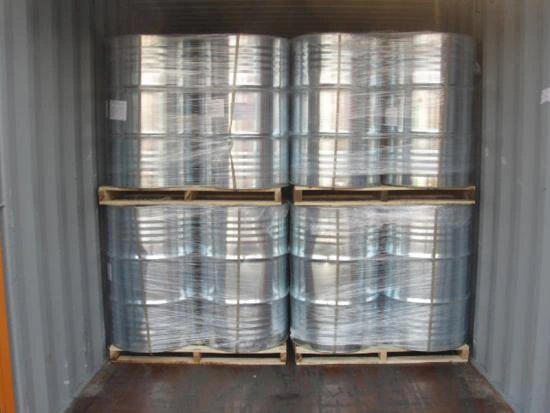Do You Know What Petrochemicals Are and What They Are Used For?
2025-04-09
Petrochemicals covers many fields, including petroleum fuels, solvents and chemical raw materials, lubricants, etc. Among them, fuel is the largest category, accounting for about 90% of the total output; and although lubricants are of various varieties, their output accounts for about 50%. Next, we will introduce several major petroleum products in detail.

First is gasoline, which is the most consumed petrochemical. Its boiling point range is 30-205℃, and its density is between 0.70-0.78 g/cm³. The quality of gasoline is mainly measured by the octane number. The higher the octane number, the better the anti-knock performance. Gasoline is mainly used as fuel for vehicles such as cars and motorcycles.
The second is jet fuel, which is mainly used for jet aircraft. Its boiling point range is 60-280℃ or 150-315℃, and it requires a large calorific value to meet the needs of high-altitude, low-temperature and high-speed flight.
In addition, kerosene is also an important petrochemical. Its boiling point ranges from 180-310℃ and is often used for lighting and cooking. Kerosene requires a stable flame and no black smoke to ensure safe use.
Diesel has a wide boiling point range, with two types: 180-370℃ and 350-410℃. The combustion performance and fluidity of diesel are key indicators for evaluating its quality. For high-speed diesel engines, the cetane number of light diesel needs to be between 42-55 to ensure the stable operation of the engine.In addition, Petrochemicals solvents are widely used in industrial fields such as flavors, oils, and reagents. At the same time, it can also be used to clean instruments, meters, and mechanical parts to play its dissolving and cleaning role.
Finally, lubricating oil is also an indispensable category in Petrochemicals. It is mainly used to reduce friction and wear of mechanical parts and protect the normal operation of mechanical equipment. Lubricating oils made from petroleum account for more than 95% of the total lubricant production. These lubricating oils not only have lubricating properties, but also have multiple functions such as cooling, sealing, corrosion protection, insulation, cleaning, and energy transmission. In the field of internal combustion engine oil, its output is particularly prominent, accounting for up to 40%. In addition, gear oil, hydraulic oil, turbine oil, electrical insulation oil and compressor oil also occupy a considerable market share.
Commodity lubricants are graded according to viscosity to meet the needs of different machines. For machines with large loads and low speeds, high-viscosity oil is usually selected, and vice versa. The base oil produced by the refining unit is given special functions through the refining process and the formulation of a variety of additives, thereby increasing the added value.
In addition, petroleum also produces important products such as grease, paraffin oil, petroleum asphalt and petroleum coke. Grease, often called butter, is a solid or semi-fluid mixture of lubricants and thickeners, especially suitable for parts such as bearings and gears where lubricants are not suitable. Paraffin oil includes paraffin, ozokerite and petroleum grease, which are widely used in packaging materials, cosmetic raw materials and chemical raw materials.
At the same time, refinery gas is also an important product in the oil processing process. It is gaseous at room temperature and can be used directly as fuel or separated into liquefied petroleum gas after pressurization and further used as raw materials or chemical raw materials. These gaseous raw materials can be further processed to produce key chemical raw materials such as ethylene, propylene, synthetic ammonia, hydrogen, acetylene, carbon black, etc. Liquid raw materials such as liquefied petroleum gas, light gasoline, light diesel and heavy diesel can also provide most of the basic raw materials for petrochemical industry after cracking.
It is worth noting that although crude oil contains many valuable chemical components, it is currently impossible to directly produce basic organic raw materials from it due to the problem of high-temperature coking. However, refineries are still the key providers of important aromatics such as benzene, toluene and xylene. In the production process, the products of each refining unit need to be carefully formulated and additives added to meet commodity standards and be put on the market.
 English
English Español
Español  Português
Português  русский
русский  Français
Français  日本語
日本語  Deutsch
Deutsch  tiếng Việt
tiếng Việt  Italiano
Italiano  Nederlands
Nederlands  ภาษาไทย
ภาษาไทย  Polski
Polski  한국어
한국어  Svenska
Svenska  magyar
magyar  Dansk
Dansk  Suomi
Suomi  العربية
العربية  český
český  ελληνικά
ελληνικά 


